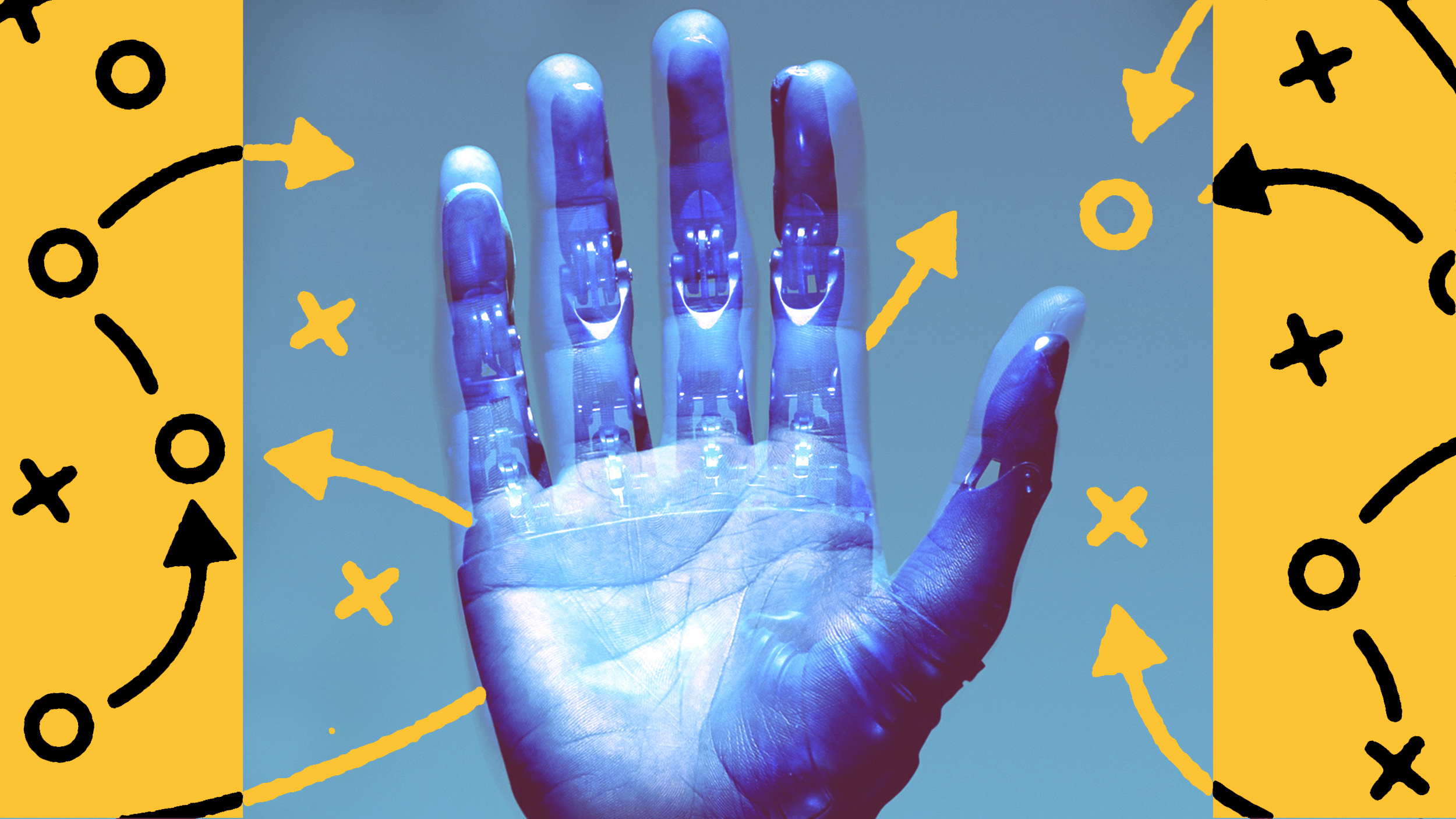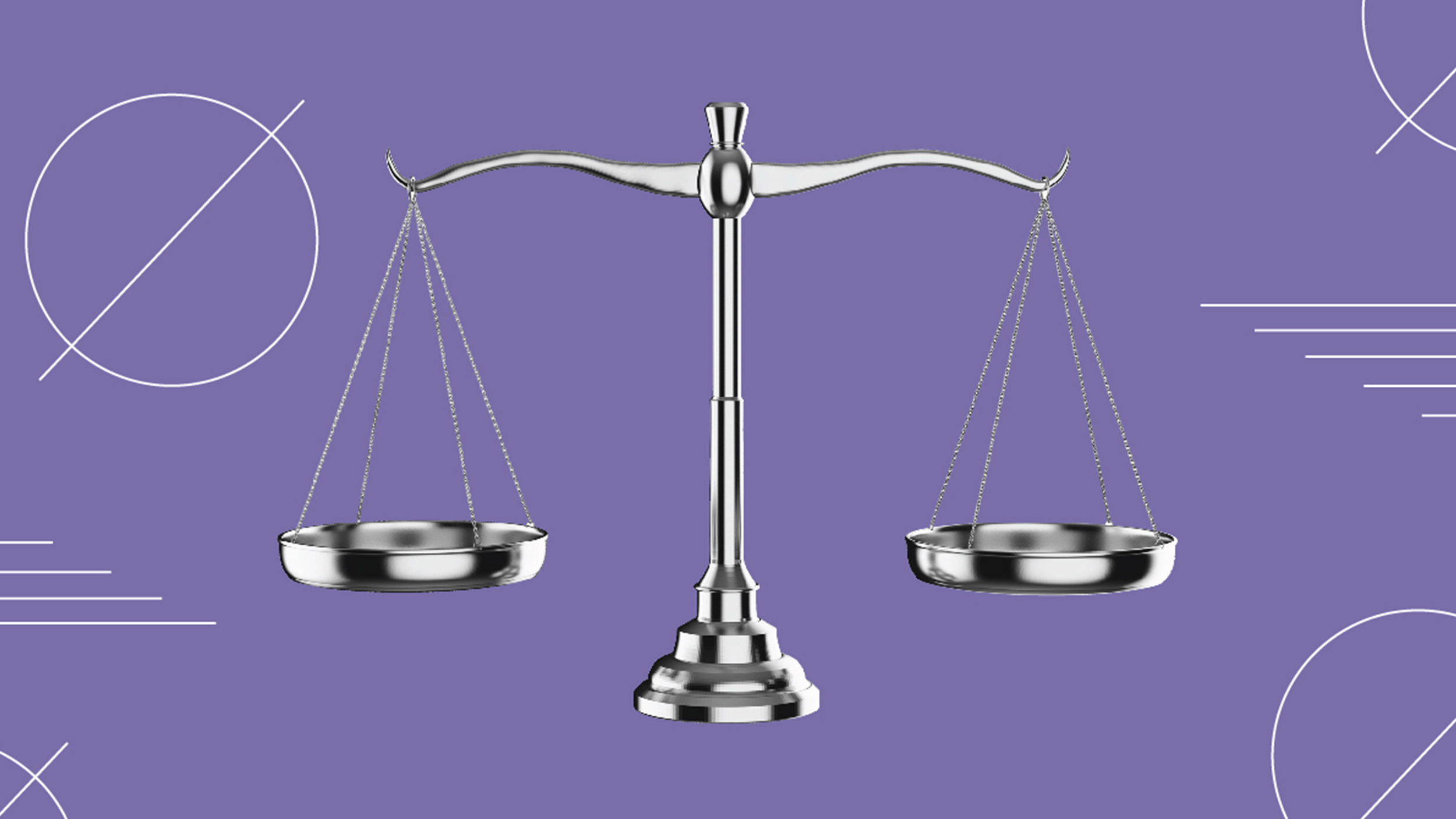Sexual harassment damages organizations (in more ways than you think)

At first blush, the damages done by sexual harassment seem obvious. Make that incredibly obvious. Such behavior exposes our organizations to legal consequences and the subsequent financial fallout. And in case we forgot, the news is always there with a helpful reminder.
For example, in 2018 the EEOC brought a sexual harassment suit against Marelli Tennessee USA, LLC, on behalf of four former employees who were subjected to unwanted touches and sexual advances on the assembly line. When the suit was settled, Marelli was ordered to pay $335,000 plus additional relief. And the list of powerful people—the vast majority of them men—who have been taken to task for their past misconduct continues to grow.
But these legal consequences aren’t the extent of how sexual harassment damages our organizations, says Johnny C. Taylor, president and CEO of the Society for Human Resource Management. In today’s lesson, Taylor reveals sexual harassment’s corrosive effects and shows us how to take our cultures beyond mere compliance.
Negative Consequences
- Sexual harassment in the workplace can expose your company to legal and financial risk.
- From the employee’s perspective, it can lead to:
- Lower productivity: People become distracted and less efficient.
- Decreased efficacy: People can’t bring their true selves to work.
- Weakened morale: People sense unfairness and become dispirited.
Preventing Sexual Harassment: From Compliance to Culture
- The legal standard for sexual harassment in the workplace is higher than many people realize. Behavior that may not have legal consequences can still have cultural consequences.
- Design a culture of dignity and respect. Find, retain, and promote people who foster that culture.
Some laws are a testament to progress and represent historical paradigm shifts in social thought and arrangements. The Civil Rights Act of 1964 is one such law, a landmark moment in labor and civil rights.
But as Taylor rightly notes, laws and rules can only signal intentions and provide a mechanism for punishing bad actors. They can’t correct bad behavior by fiat. If people don’t see the rules as legitimate, they won’t follow those rules. Once those ill behaviors take root in our organizations—either through tolerance or ignorance—they can have devastating knock-on effects beyond the bad actors.
Taylor points to three damaging products of sexual harassment: lower productivity, decreased efficacy, and lower morale. These manifest because of the drain sexual harassment has on our teams’ mental and physical resources.
For victims, being the target of undesired advances or sex-based intimidation can lead to anxiety, depression, and devalued self-esteem. When these become severe enough, they can manifest as physical ailments such as IBS, fatigue, muscle pain, and headaches or migraines.
If the problem is not corrected, this mind-body distress can lead to a damaging feedback loop. The mental energy required to deal with the onslaught of harassment and depression can intensify the physical pain, which in turn expends more mental energy and exacerbates the depressive mindset. It’s an exhausting, unacceptable, and intolerable way to exist in an environment that should be designed to help individuals grow and thrive.
Sexual harassment also taxes the mental reserves of team members, even if they aren’t victims themselves. Such harassment creates a hostile, biased environment, and team members’ sense of fairness will lead to a desire to see the situation corrected. But if there are no easy-to-access means of pursuing redress, or the inner circle is allowed to close ranks and deny the problem, then these team members will also expend effort in either supporting the victim or in avoiding the bad actor’s sights.
All of this drains the organization of its most vital investment: the talent and growth of your people.
To take our organizations beyond compliance, Taylor argues, we must look to culture. We need to cultivate environments where the behavior we value has the greatest opportunity to thrive. That means endorsing universal human values such as dignity and respect. We need to make such values core to our organizational principles and promote individuals who foster them.
That still leaves open the chance for a wealth of different skills, opinions, backgrounds, and personalities to congregate and work together to reach shared goals. Yet, it creates a bitter soil for bad actors to take root in our organizations. And should sexual harassment sprout up, such a culture allows us to uproot it quickly and entirely.
Advance from compliance to holistic culture with lessons ‘For Business‘ from Big Think+. At Big Think+, Johnny C. Taylor joins more than 350 experts to teach vital skills in leadership, human resources, and workplace inclusion. Cultivate your organizational culture with video lessons such as:
- Getting Equality with Men: Don’t Let Your Organization Work Against Diversity, with Sallie Krawcheck, CEO and Co-Founder, Ellevest
- Stopping Sexual Harassment: Strategies for Transformational Leaders, with Gretchen Carlson, Journalist, Advocate, and Author, Be Fierce
- Seeing the Big Picture: Why Everyone Should Care about Sexual Harassment and What We Can Do to Stop It, with Nilofer Merchant, Marketing Expert and Author, The Power of Onlyness
- Starting with Why: Build a Culture by Design, with Simon Sinek, Ethnographer and Author, Start with Why
- Pursue Happiness Together: A Human Approach to Building Virtual Teams, with Andrea Breanna, Founder and CEO, RebelMouse
Request a demo today!




